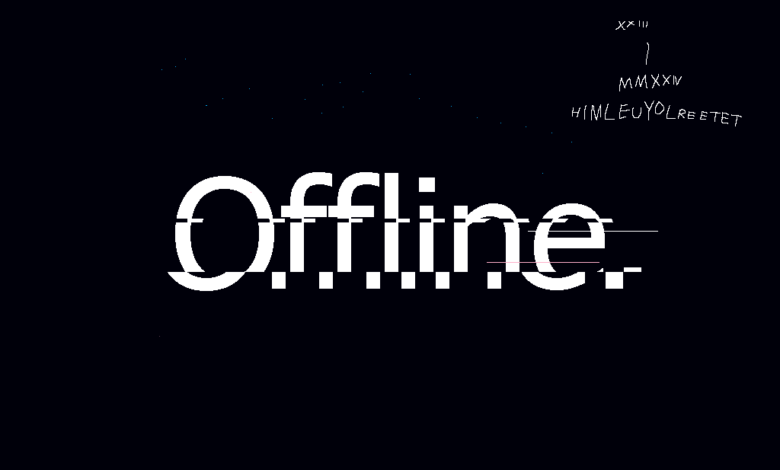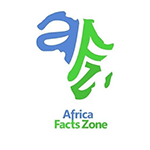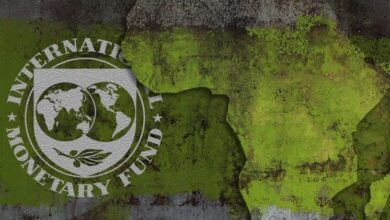Here are the Top 5 African Countries with the Largest Populations Offline

In today’s digital age, the internet serves as a lifeline for connectivity, education, and entertainment across the globe, including in Africa.
However, despite its importance, internet accessibility remains a challenge for many on the continent. Let’s delve into the factors influencing internet access in Africa and explore efforts to bridge the digital divide.
The Digital Divide in Africa:
As of 2022, Africa’s internet penetration rate lagged behind other regions, with only 40% of the continent’s population accessing the web. In contrast, Europe boasted an 89% internet usage rate.
This gap is largely attributed to factors such as infrastructure development, where Africa still faces significant hurdles in building robust internet infrastructure to reach remote and underserved areas.
Challenges of Internet Shutdowns:
Government-imposed internet shutdowns pose another barrier to internet access in Africa.
Between 2015 and the first half of 2023, there were 172 instances of local internet disruptions globally, impacting essential freedoms and hindering connectivity during protests and political unrest.
This trend has been particularly pronounced in Sub-Saharan Africa, where major shutdowns have occurred due to military coups and civil unrest, leading to significant economic losses and social disruption.
The Cost of Disconnection:
The economic ramifications of internet shutdowns are substantial. In 2023 alone, Sub-Saharan Africa experienced a financial setback of $1.74 billion during 30,785 hours of internet downtime, affecting over 84.8 million people.
These disruptions not only impede economic growth but also exacerbate social inequalities and hinder access to vital services and information.
Brighter Horizons Ahead
Despite these challenges, there are signs of progress on the horizon.
Projections indicate that Africa’s internet penetration rate is expected to increase to around 48.15% by 2028, driven by efforts to expand infrastructure and improve connectivity across the continent.
Initiatives such as increased investment in broadband infrastructure, public-private partnerships, and regulatory reforms are instrumental in narrowing the digital divide and fostering digital inclusion.
Nigeria Leads the Charge
Nigeria, Africa’s most populous country, grapples with the highest number of people offline, with 123.42 million individuals lacking internet access.
This underscores the urgent need for targeted interventions and investment in expanding connectivity to underserved communities to bridge the digital gap and unlock the country’s vast digital potential.
Top 5 African Countries with the Most Offline Population
- Nigeria: 123.42 million
- Ethiopia: 103.29 million
- Democratic Republic of Congo: 75.61 million
- Tanzania: 46.6 million
- Uganda: 35.94 million
Conclusion
In conclusion, while Africa has made strides in expanding internet access, significant challenges persist.
Addressing infrastructure gaps, tackling government-imposed internet shutdowns, and promoting digital literacy are essential steps toward bridging the digital divide and unlocking Africa’s full potential in the digital age.
By working collaboratively across sectors and leveraging innovative solutions, we can ensure that all Africans have equitable access to the transformative power of the internet.





